Why it's time for Microsoft to release a Surface PC for gaming
I tried hard to make the Surface Book 2 a viable PC gaming option, but it just wasn't meant to be. Should Microsoft bring its PC hardware innovation to the gaming sector?

I'm a huge Surface fan and have owned a Surface device in every product generation since the Surface RT. At face value, for what you get with a Surface, they generally seem overpriced, especially on the higher-end. Surface delivers unique form factors and a level of quality that often eludes other PC manufacturers, where every angle feels refined and fawned over by a team of passionate engineers.
Surface devices often get compared to Apple's laptops , which redefined what sexy desktop hardware might look like. Surface has carried the hardware innovation torch with gusto, spawning an entire ecosystem of tablet-like PCs that even Apple was forced to copy. I see Surface devices almost everywhere I go in Europe, from airports to coffee shops, among family and friends, with tech influencers praising the software at every turn.
Strangely enough, though, Surface seems to have sidestepped one of the PC ecosystem's biggest growth areas: gaming.
With Project xCloud game streaming and an increased focus on PC gaming from the Xbox team, it feels like a great for a Surface gaming PC to be released. This is particularly true when you consider that the most powerful Surface offerings simply don't hit the mark.
Surface Book 2 has the internals but not the form factor

Despite rocking 16GB of RAM, an i7 CPU, and a GTX 1060, my 15-inch Surface Book 2 could only handle the most modest of gaming loads. Thankfully, the huge library of Windows PC legacy content means that you'll never be short of something that will run well on the Surface Book 2, but for a PC that costs nearly $3,000, you'd be forgiven for expecting to get a little more juice out of the hardware.
Surface Book 2's greatest strength and greatest weakness is its form factor. Rocking a detachable display, the Surface Book 2 can serve as a productivity "clipboard" or be reversed and laid flat in an inking canvas mode. In the real world, I'm pretty sure almost nobody actually uses the clipboard mode, detaching the screen only to flip it into its canvas form factor. A 15-inch tablet is simply unwieldy for use as a tablet, probably confining it to board meetings where you want to look particularly professional. The reversible hinge on some Dell XPS or Lenovo Yoga laptops strikes me as a far more logical configuration for almost every other user scenario. The fact no other manufacturers really do the detachable-display-keyboard-docking thing should be evidence enough that it's a wasteful design.
The relentless pursuit of thin-ness gives the Book 2 some seriously crappy thermals. In a perfect scenario, the silicon inside the Surface Book 2 should be far more powerful for games, but the thermal throttling kills the whole proposition. And this is even when you disregard the fact the Surface Book 2 doesn't draw enough power to max itself out, draining the battery even when it's plugged in under load. This is the epitome of form over function.
All the latest news, reviews, and guides for Windows and Xbox diehards.
The fact that Microsoft included the Xbox Wireless direct protocol in the 15-inch Surface Book 2 model says to me that the division at least has gaming on its mind, even if it's a bit of an afterthought.
Surface has shown it can be 'fun'
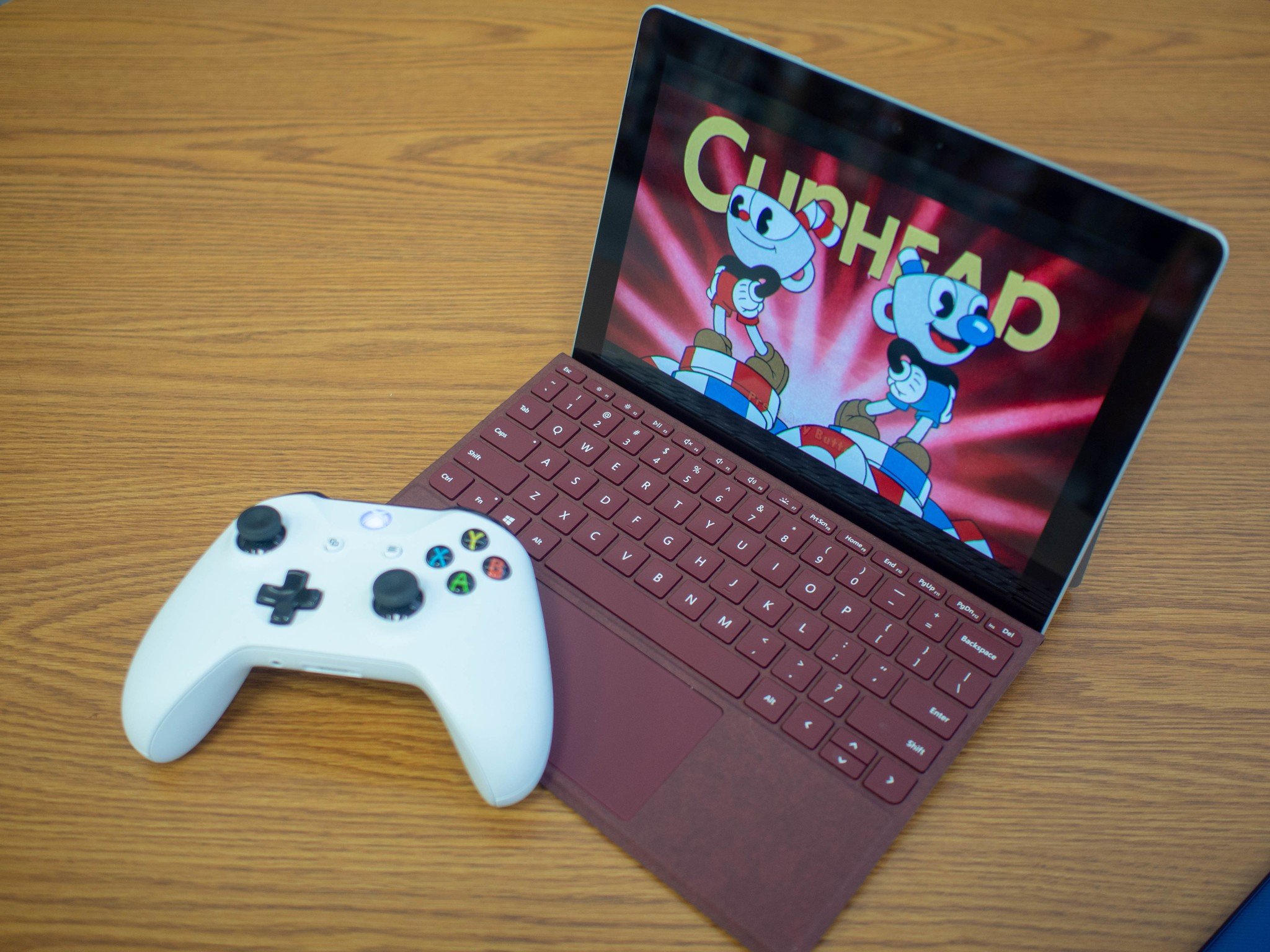
Surface generally skews towards productivity and "work" in its marketing and messaging, but the lineup has shown repeatedly that it can be fun. too. Surface Go, right from its name, speaks of a more accessible product tailored for consumption and light tasks rather than serious work. I feel as though this device wouldn't find a lot of traction beyond consumers and schools.
The Surface brand is more than versatile enough to add a gaming sub-brand
The uncanny thing about PC gaming hardware is that, for Windows, it intersects very nicely between productivity and gaming. If you want to do high-end video editing, 3D modeling, or complex art tasks with multiple layers with high resolutions, you're going to want beefy hardware. As an added bonus, serious PC hardware for productivity naturally translates into gaming scenarios. Razer has capitalized on this fact in recent years, launching grey versions of its laptops that are a little more appealing to creative types, in contrast to the black chassis and rainbow RGB chroma it's known for.
The Surface brand is more than versatile enough to add a gaming sub-brand to its lineup. Additionally, the Surface team is stocked full with hardware innovators capable of capitalizing on this exciting hardware sector Microsoft has never really immersed itself in.
PC gaming is a crucial area of hardware innovation
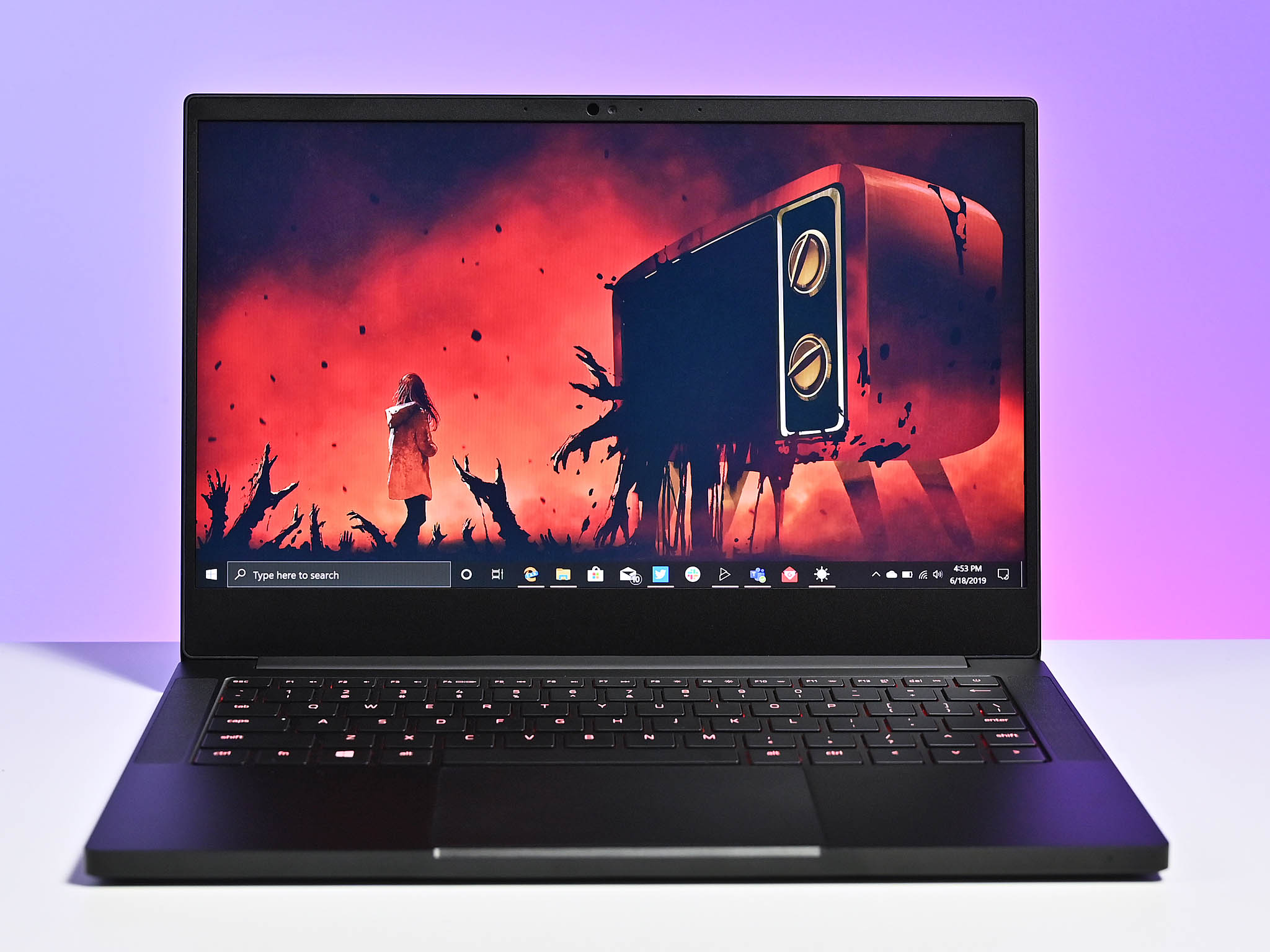
Microsoft has built gaming-oriented software, services, and accessories over the years, producing what is arguably the best gamepad of all time. It's always keen to talk up the Surface Book's vague capability to run games, too, showing off Gears of War 4 on the original Surface Book when it was previously revealed.
Companies like MSI, Razer, ASUS, and more have all been pushing the envelope on what portable PC gaming hardware can look like. The new Razer Blade laptops have displays that go up to a blistering 240Hz while remaining less than 2 centimeters thick when closed. Acer's insane Predator Helios 700 is a huge, hulking beast that effectively compresses a desktop PC into a lappable chassis. MSI, Alienware, and ASUS ROG are all also innovating, coming up with unique thermal solutions that push the concept of portability without sacrificing airflow.
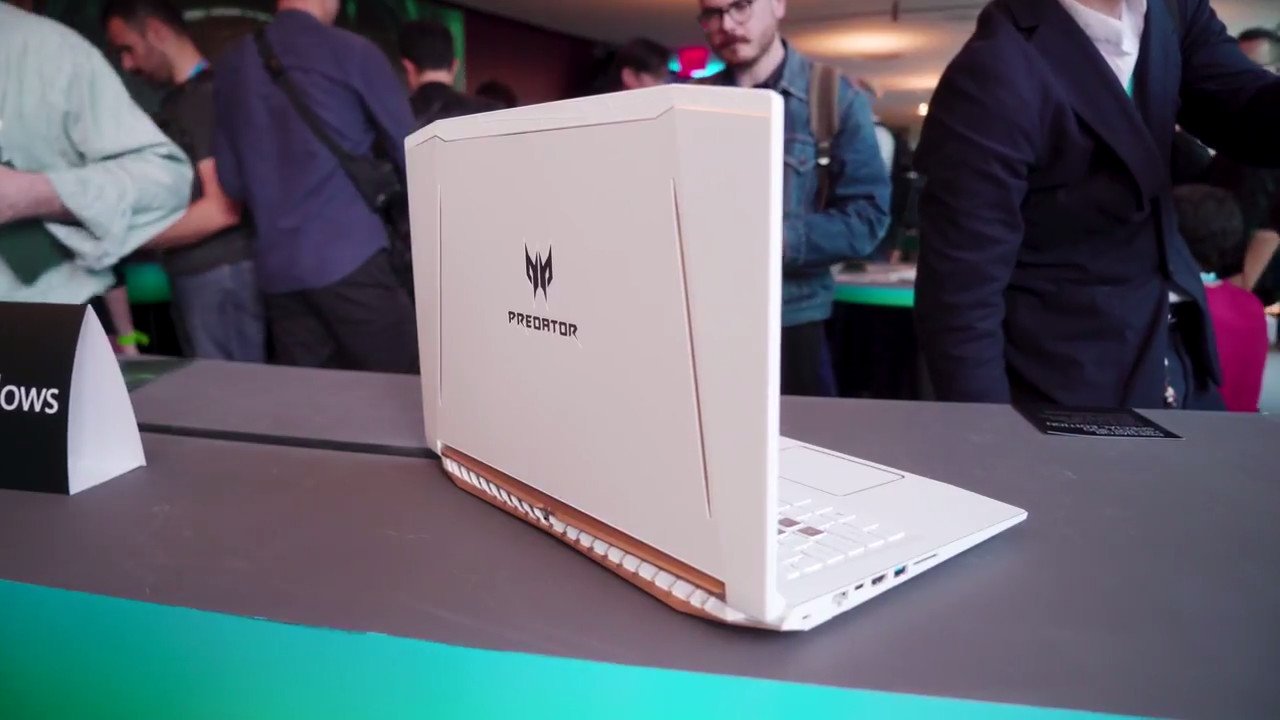
Microsoft's Surface line not only serves as a showcase for the best of Windows, but historically, Microsoft also baked in unique solutions that push its OEM partners to try new things. Having a hero device that showcases the capabilities of Project xCloud as a handheld alternative to the Nintendo Switch might also be something the Surface team could capitalize on.
The time is now for a Surface gaming PC
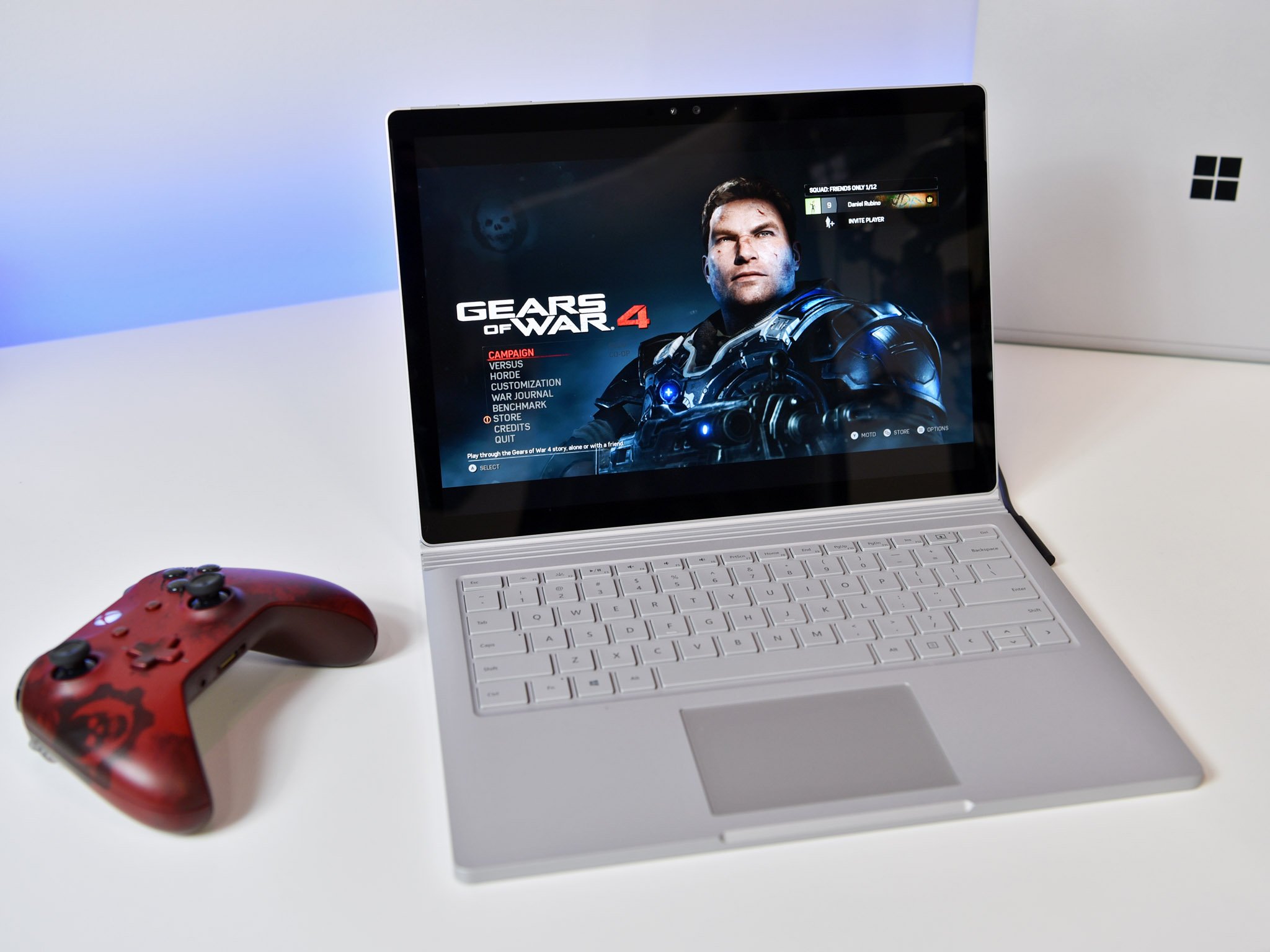
As good as the Surface Book 2 is, as powerful as it is, it's frustrating how it's not able to meet its full potential as a gaming device due to the form factor. A couple of tweaks, maybe a 144Hz display, a more airflow-friendly footprint to combat throttling, 32GB RAM option, and ditching the GPU dock mechanism would be obvious first steps. Surface is known for innovation, though, and I'd love to see what the team at Redmond might be able to bring to the PC gaming market.
What do you think? Would it be worthwhile for the Surface team to lend its expertise to the PC gaming hardware market? Or are OEMs doing enough already? I'd like to hear your thoughts in the comments.
Our favorite Surface accessories from Microsoft
Every one of these valuable Surface accessories is Windows Central Approved and guaranteed to please.
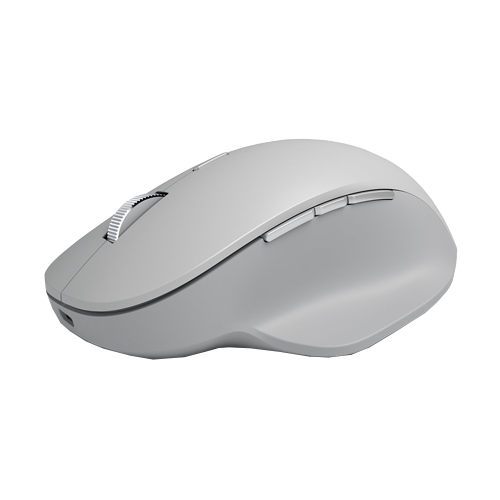
Surface Precision Mouse ($77 at Amazon)
The Surface Precision Mouse is not only one of favorite Surface accessories, it's one of our favorite mice for any PC. It's packed with valuable features and customizable buttons. Its scrolling and tracking are seamless and spot-on. And it's rechargeable so you never have to buy new batteries for it.
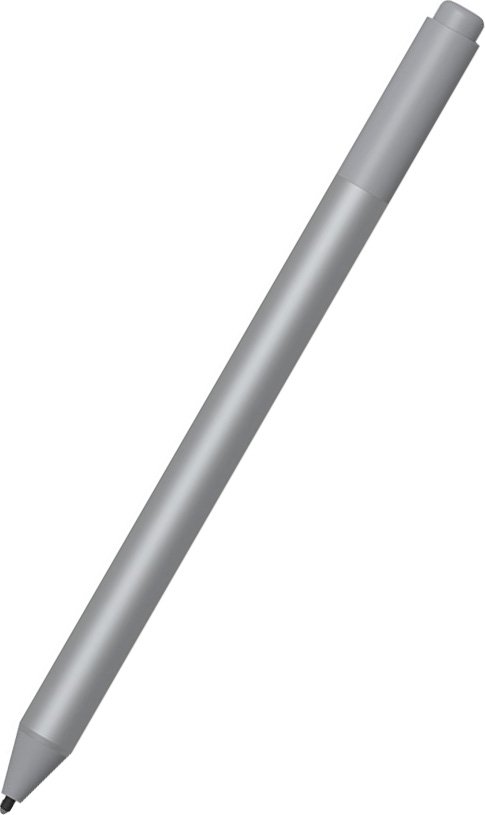
Surface Pen (From $72 at Amazon)
Every Surface owner needs this Pen. Period. It supports 4,096 levels of pressure sensitivity, tilt support for shading density, and enjoys supremely low latency. When paired with a Surface PC, the potential is endless. And it comes in a bunch of cool colors.

Surface Dock ($136 at Amazon)
With two Mini DisplayPorts, four USB-A 3.0 ports, an Ethernet port, and a 3.5mm audio jack, this dock gives you the ports you need to stay connected to all your favorite devices. Plus, it easily turns your Surface into a desktop power hub. We highly recommend it.

Jez Corden is the Executive Editor at Windows Central, focusing primarily on all things Xbox and gaming. Jez is known for breaking exclusive news and analysis as relates to the Microsoft ecosystem while being powered by tea. Follow on Twitter (X) and tune in to the XB2 Podcast, all about, you guessed it, Xbox!
